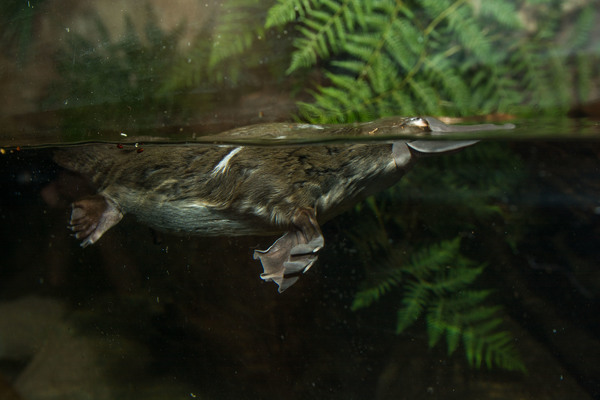
Ecologists have found over 60 different types of medications in water-dwelling animals and invertebrates at creeks near Melbourne, including the Dandenong Ranges.
The study, by a global team of experts and published on Wednesday in the journal Nature Communications, found traces of 69 different drugs in insects living in six streams around Melbourne – including, to the team’s surprise, a stream in the Dandenong Ranges National Park
The pharmaceuticals measured included common drugs like antibiotics, antidepressants, antihistamines, and NSAIDs and study sites included a site downstream of a wastewater treatment plant and a site in a national park.
Traces of pharmaceuticals were found in creature’s at all six sites, even at Lyrebird Creek in the Dandenong Ranges National Park, albeit in lower concentrations.
Erinn Richmond, a freshwater ecologist at Monash University in Australia and lead author on the study, explained in the study that they “focused on riparian spiders because they build their webs over streams and feed on adult aquatic insects as they emerge from the water.”
“We found 69 different drugs in the bugs, including fluoxetine and mianserin (anti-depressants), fluconazole (an anti-fungal), and non-steroidal anti-inflamatories (NSAIDs), often used to treat arthritis.”
“We also calculated that animals that eat these aquatic invertebrates, such as platypus, would be receiving half the daily recommended dose of anti-depressants for humans.”
Coauthor Jerker Fick, a chemist at Umeå University in Sweden, analysed the insect and spider samples and was surprised at the saturation of drugs in waterways even in the Dandenong Ranges.
In the study he stated that ‘insect tissues had drug concentrations that were orders of magnitude higher than concentrations measured in surface waters.’
“We also found a diverse suite of drugs in spiders, indicating that drugs are passed from the water to prey to predator, thereby exposing other animals in the food web to drugs,” he said.
“Pharmaceuticals were present in every insect and spider we tested — including those collected in Dandenong Ranges National Park,”
“Even this seemingly pristine site was contaminated, likely because people live in the park’s drainage area and visit the park.”
It is not certain how human drugs end up in waterways, but its suspected that they enter the sewage system through human urine and then are not fully filtered out.






